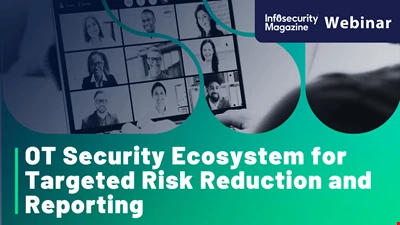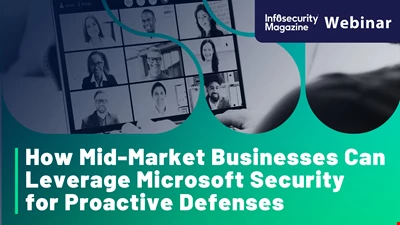Infosecurity News

NCSC Plugs Gap in Cyber-Deception Guidance
The National Cyber Security Centre has released new learnings from a cyber deception pilot

ICO Fines LastPass £1.2m After 2022 Breach
The UK’s data protection regulator has fined password manager provider LastPass £1.2m after 2022 data breach

South Korean Police Raid Coupang Over Data Breach as CEO Resigns
The Coupang South Korean unit's response will be spearheaded by an executive based in the US

OpenAI Enhances Defensive Models to Mitigate Cyber-Threats
OpenAI has reported a surge in performance as GPT-5.1-Codex-Max reaching 76% in capability assessments, and warned of upcoming cyber-risks

Malware Discovered in 19 Visual Studio Code Extensions
A new campaign involving 19 malicious Visual Studio Code extensions used a legitimate npm package to embed malware in dependency folders

Scam-Busting FCA Firm Checker Tool Given Cautious Welcome
Experts say a new Firm Checker tool from the FCA won’t move the dial on fraud but is a step in the right direction

Google Releases Critical Chrome Security Update to Address Three Zero-Days
Google has released a Chrome security update to fix three zero-day vulnerabilities, including a high-severity flaw with an active exploit

“Cyber Tax” Warning as Two-Fifths of SMBs Raise Prices After Breach
New ITRC research finds 81% of US small businesses suffered a data or security breach in the past year

ClickFix Social Engineering Sparks Rise of CastleLoader Attacks
A new malware campaign has been identified using a Python-based delivery system to deploy CastleLoader malware

Pro-Russia Hackers Target US Critical Infrastructure in New Wave
Pro-Russia hacktivist groups have been observed exploiting exposed virtual network computing connections to breach OT systems

Google Fixes Zero Click Gemini Enterprise Flaw That Exposed Corporate Data
The flaw, dubbed ‘GeminiJack,’ exploits the trust boundary between user-controlled content in data sources and the AI model’s instruction processing

Log4Shell Downloaded 40 Million Times in 2025
Sonatype has claimed that 13% of Log4j versions downloaded this year were vulnerable to the legacy critical Log4Shell bug

Microsoft Fixes Three Zero-Days in Final Patch Tuesday of 2025
December’s Patch Tuesday sees the release of patches for over 50 CVEs including three zero-days

React2Shell Exploit Campaigns Tied to North Korean Cyber Intrusion Tactics
Sysdig has found sophisticated malicious campaigns exploiting React2Shell that delivered EtherRAT and suggested North Korean hackers’ involvement

Malicious VS Code Extensions Deploy Advanced Infostealer
Two malicious Visual Studio Code extensions, Bitcoin Black and Codo AI, have been observed harvesting sensitive user data

DeadLock Ransomware Uses BYOVD to Evade Security Measures
Cisco Talos has detected new tactics from a financially motivated actor using DeadLock ransomware

UK NCSC Raises Alarms Over Prompt Injection Attacks
The UK’s National Cyber Security Centre has warned of the dangers of comparing prompt injection to SQL injection

Gartner Calls For Pause on AI Browser Use
Gartner has called for organizations to block today’s AI browsers on security concerns

ClayRat Android Spyware Expands Capabilities
A new version of ClayRat Android spyware features enhanced surveillance and device-control features

Marquis Software Breach Affects Over 780,000 Nationwide
A data breach at Marquis Software Solutions due to a firewall flaw has affected over 780,000 people across the US



